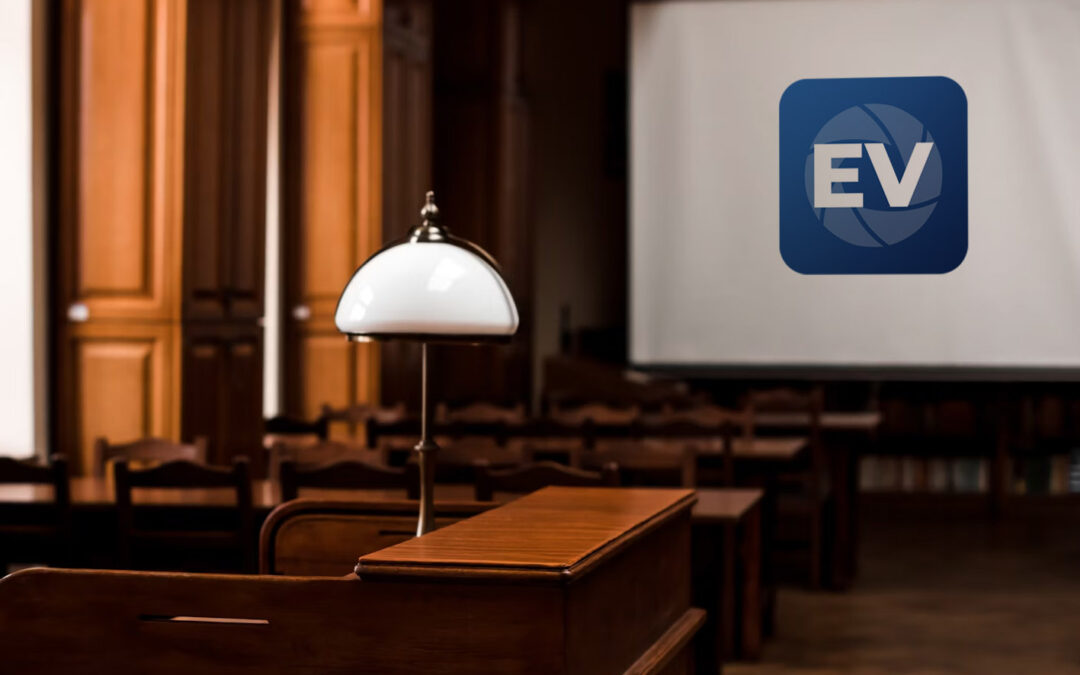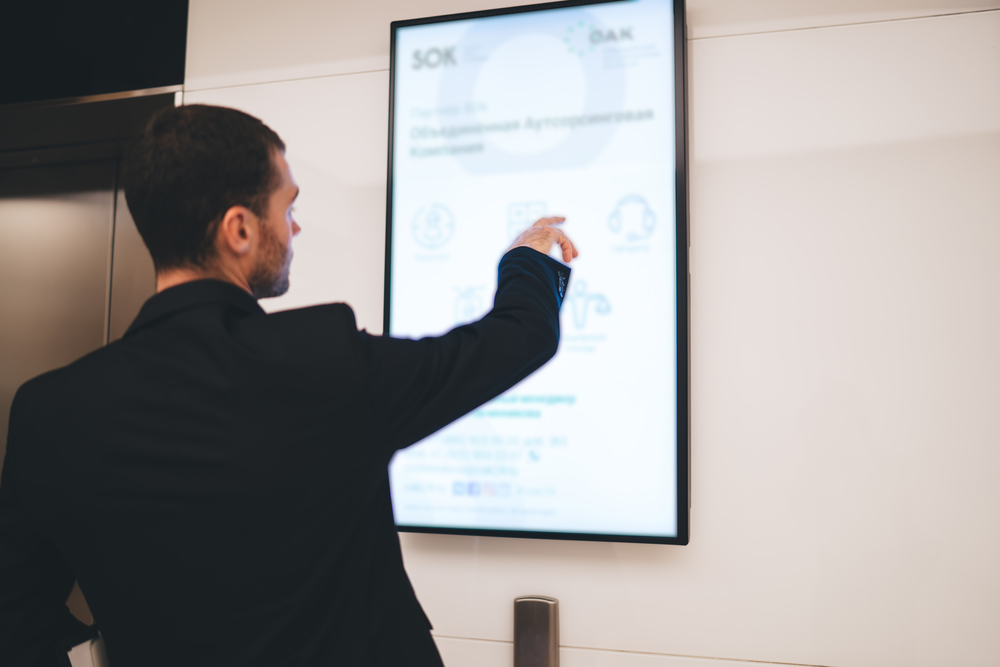How Test Presentations Enhance Your Debate and Encourage Jurors
Trial presentations function as a critical mechanism for improving legal disagreements and convincing jurors. By incorporating aesthetic aids, narrative structures, and emotional engagement, attorneys can create a compelling case that resonates on numerous degrees. The strategic use visuals not just clarifies complex information however additionally records jurors' interest much more properly than words alone. Nevertheless, the art of storytelling plays a similarly essential function in changing accurate proof into an engaging narrative, forming jurors' perceptions - trial presentations. Comprehending these elements can significantly impact test results, increasing the question of just how each element adds to this intricate dynamic.

Significance of Visual Aids
Visual aids play an essential duty in improving the performance of trial discussions, as they can substantially increase audience involvement and retention of information. In the context of a test, where jurors are entrusted with processing complicated details, visual help offer to streamline and clear up bottom lines. Graphes, graphs, and pictures can share information and concepts that may or else overwhelm or puzzle jurors, enabling for a more uncomplicated understanding of the evidence offered.
Furthermore, aesthetic aids help in keeping juror interest throughout the process. By breaking the uniformity of verbal testament, these tools can punctuate essential disagreements, making them much more unforgettable. Reliable visual help can also evoke psychological responses, which can be essential in persuading jurors to line up with the presenter's narrative.

Crafting Compelling Narratives
A compelling narrative is necessary in test discussions, as it acts as the backbone of effective persuasion. It enables lawyers to weave together truths, proof, and psychological elements into a systematic tale that resonates with jurors. This narrative structure makes it possible for jurors to comprehend the complexities of the case while assisting them via the lawyer's disagreement.
To craft an engaging story, attorneys ought to concentrate on quality and coherence. This includes developing a clear protagonist-- often the client-- and describing their trip through the events in inquiry. Providing the truths in a rational sequence enhances comprehension and maintains engagement. In addition, the usage of vibrant descriptions can develop mental images that aid jurors imagine the events, making the story much more remarkable.
Moreover, incorporating essential motifs throughout the presentation enhances the core message and aids in retention - trial presentations. The narrative needs to not just communicate info but this page also stimulate a feeling of justice, highlighting the stakes involved. Inevitably, a sound story promotes a connection in between the jurors and the situation, positioning the attorney's argument as both credible and engaging, consequently enhancing the possibility of a favorable judgment

Engaging the Court Mentally
Efficient court involvement pivots on the lawyer's capability to link with jurors on a psychological level. This connection can considerably affect jurors' understandings and their supreme decision-making.
Visual aids, such as photographs or videos, can even more enhance emotional interaction, providing jurors with vibrant depictions of the instance's human components. Crafting a narrative that highlights the struggles and victories of the people entailed ensures that jurors see beyond the lawful arguments and acknowledge the human effects of their choices.
A lawyer's enthusiastic shipment can resonate with jurors, strengthening their emotional financial investment in the situation. It's necessary to stabilize emotional important site charms with accurate proof, guaranteeing that jurors really feel obliged to act while remaining based in the reality.
Structuring Your Discussion

The body of the presentation ought to be logically fractional into bottom lines, each sustained by compelling proof. It is useful to use narration techniques to weave realities into a story that jurors can quickly adhere to. Aesthetic aids, such as graphes and videos, can improve understanding and interaction, aiding to highlight important pieces of evidence.
Real-World Case Studies
Examining real-world situation studies provides indispensable insights right into the art of test presentations and persuasion. As an example, the landmark situation of "O.J. Simpson v. Individuals of California" shows exactly how visual aids and engaging stories can sway jury perceptions. The protection group successfully employed a method that incorporated high-profile professional testaments with multimedia discussions, which captivated jurors and ultimately influenced their choice.
Another remarkable example is the "McDonald's Coffee Situation," where the complainant's lawyers used visit this website graphic pictures of the injuries endured by Stella Liebeck. trial presentations. This raw aesthetic proof played an important function in communicating the extent of her burns, leading to a considerable jury award. Such cases demonstrate that impactful test discussions usually depend upon the reliable assimilation of visuals and narration to evoke emotional responses from jurors
Furthermore, the "Casey Anthony Trial" highlighted the importance of narrative comprehensibility and trustworthiness. The prosecution's failure to establish a compelling timeline lessened their influential power, highlighting the necessity of a well-structured presentation. Assessing these instances discloses that effective trial presentations call for critical preparation, emotional engagement, and the ability to reverberate with jurors' values and beliefs.
Verdict
Test presentations substantially enhance disagreements and persuade jurors with the critical use of aesthetic aids, compelling stories, and emotional interaction. A well-structured presentation equilibriums emotional allures with accurate proof, ultimately resonating with jurors' worths.